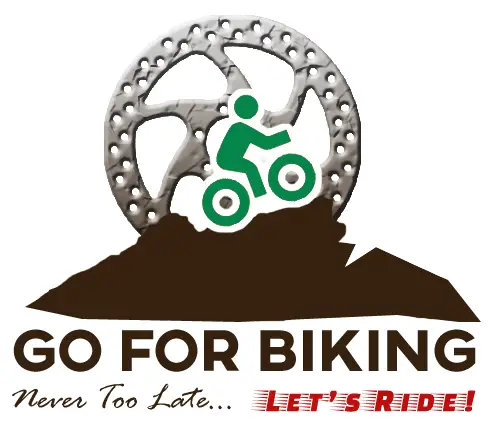Hard-Tail mountain bike versus full suspension, which one should you choose? It’s a mystery question one gets hung up on quite often, whether you are a beginner or a skilled rider thinking of a switch. Let’s decode the mystery out of it and go over some of the details to understand each one better, which would eventually help you pick the one that Hard-Tail VS Full-Suspension Mountain Bikesuits you the best.
As the name hard tail reveals, this mountain bike has no suspension at the back of the frame, however, does carry suspension on the front, while full suspension mountain bikes have front and rare suspensions both.
Let’s jump into various factors to elaborate more on the functionality and characteristics of each to understand them better.
Weight
The Hard-Tail bikes usually weigh less than the full-suspension bike due to the fact there are no additional parts around the suspension at the rare. You’d thank yourself to have a Hard-Tail if you were to go uphill through a very rocky section where you need to lift your bike, a Hard-Tail would be a breeze while carrying a full suspension bike through that would tire you off like anything.
Control
This one is tricky and really dependent on the type of trail. On smoother plain trails (wider, green difficulty level) where the bike has most of the contact with the ground through the ride, a hard-tail can be a choice to go for as it picks up a good speed and offers a more engaging ride. However, on the technical trails of rocky and bumpy nature where the bike doesn’t have too much contact with the ground, the suspension will come into play to absorb the impact while offering you a smoother ride, which leads to better control of the bike, which is one of the very key items in mountain biking for safer rides.
Durability
On the durability side, the full-suspension bikes are more sturdy and durable, these bikes are usually designed for downhill rides on which the rider picks up speed pretty quick due to gravity without much effort being applied, so bumps and jumps will experience an enhanced impact on the bike due to high speed. To understand this phenomenon better, you can consider a car going through a bump at a high speed gets more of an impact than it is at a slower speed. So, front and rare shocks are there to dampen and minimize that impact for the rider to produce a smoother ride. As for the Hard-Tail bikes, (usually not recommended for very steep downhill runs), the impact would be felt a lot more on the rare part of the bike while the front suspension fork would help out doing most of the work to reduce the impact felt on the handlebar.
Speed
Since Hard-Tail bikes are lightweight, it helps to pick up the speed quite fast. Also, you’ll be able to climb up on the steep sections of the trail with much ease. While, on the other hand, the full-suspension due to its weight would need more effort and paddling to produce the same torque you need on the climbs to get you going.
Cost
Due to the sturdiness and more material and mechanics used in the full-suspension bike, essentially gets its cost quite higher when comparing it to a Hard-Tail bike. As a beginner mountain biker, this usually becomes a priority and top pick over a full suspension due to the handling and versatility it offers. Likely, riders transition to full suspension as their skill grows and they develop a liking for full suspension bikes to switch to which most are designed for very technical trails and/or downhill trails that requires a high degree of skill than just basic techniques.
Ride Length
The length of trails also matters for this selection. If you are keen on riding longer trails, the bumpier ride for the continuous length of the ride might be putting you off to enjoy the ride, in which case the full suspension bikes would offer more of a smoother ride. For shorter length trails that are not that rocky and bumpy, the Hard-Tail bike should fit the bill nicely.
Jumps and Bumps
Obviously, this one applies to skilled riders who like to ride trails with a lot of jumps, in which case a full-suspension bike becomes their choice as these are high impact trails that Hard-Tail may not handle quite nicely.
Hopefully, this gives you an insight and understanding of each one’s advantages over the other in different types of mountain biking styles, to make an informed decision on what suits you the best.
